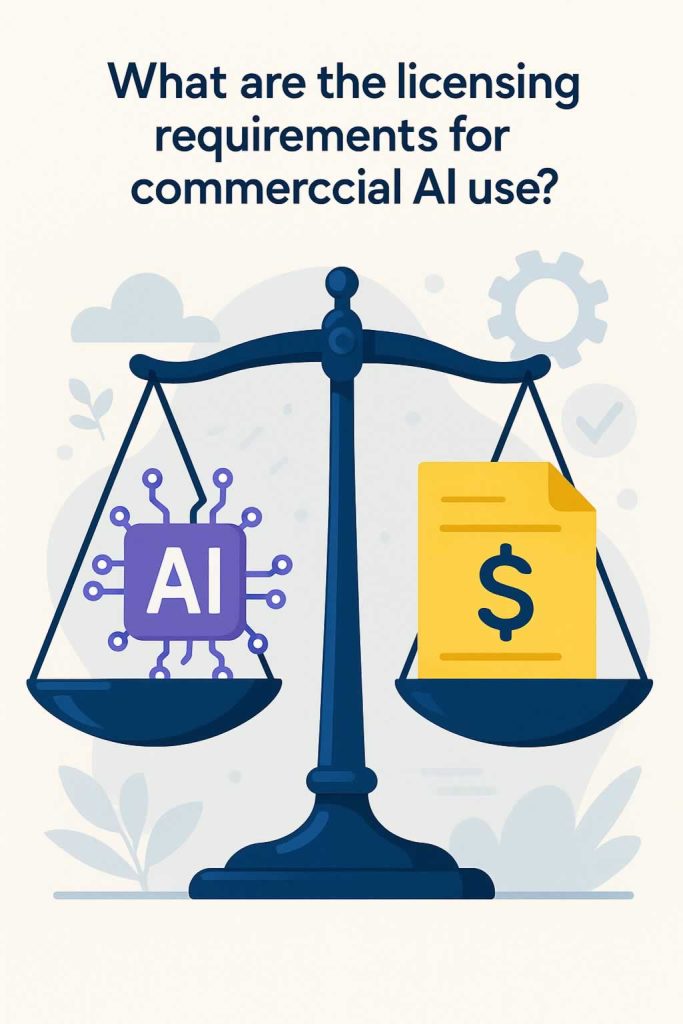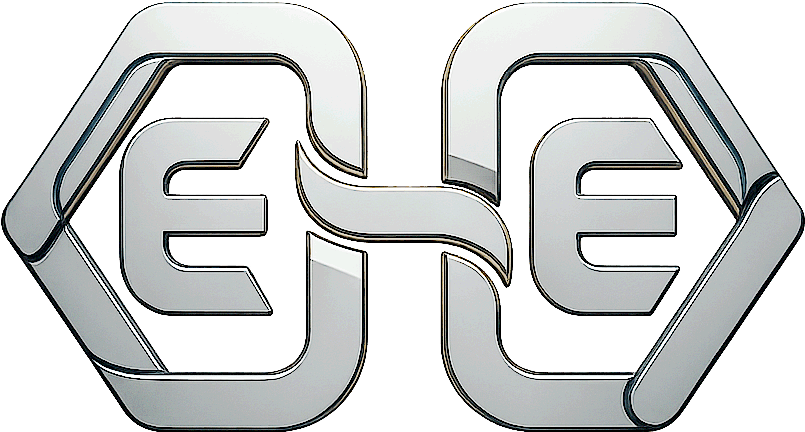

Licensing requirements for commercial AI use depend on the tools, models, and datasets you’re working with. At AEHEA, we always advise clients to treat licensing as a core part of the planning process, not an afterthought. Many AI tools are open source, but that doesn’t automatically mean they’re free to use in commercial products without restriction. Some licenses allow full commercial use with no strings attached. Others impose limits, require attribution, or restrict how and where the tool can be deployed.
When it comes to AI models, the license type will often be specified by the organization or developer who released it. For example, models from Hugging Face may be under Apache 2.0, MIT, or a custom license. Apache and MIT allow commercial use with few restrictions. Others, like Meta’s LLaMA models or some OpenAI models, have non-commercial clauses unless you negotiate a separate license. Always read the model card or repository documentation to understand whether commercial deployment is allowed, and whether modifications or redistribution are permitted.
Software frameworks like PyTorch, TensorFlow, and ONNX are generally licensed under permissive terms. These allow you to build commercial products on top of them without paying fees or disclosing your source code. However, if your product includes components released under licenses like GPL or AGPL, you may be obligated to share parts of your code or comply with specific usage terms. That’s especially important if you plan to distribute the software to clients or deploy it in a multi-tenant environment.
For datasets, the situation is often more complex. Just because a dataset is available online doesn’t mean you can use it in a commercial product. Some datasets are for research use only, while others allow limited use under Creative Commons or other licenses. At AEHEA, we routinely audit datasets for legal clearance before using them to train any model that will be sold or deployed at scale. If you’re using customer data, you’ll also need to comply with privacy laws like GDPR or CCPA, especially if the data is tied to individuals.
To avoid legal risks, it’s important to track every dependency in your AI pipeline the code, the model, the training data, and even pre-trained weights. We keep documentation for every license attached to a project so that our clients can show compliance during audits or investor due diligence. If you’re building AI for commercial use, your product is only as safe as its licensing trail. Starting with clear permissions is far easier than trying to fix legal issues after deployment.
